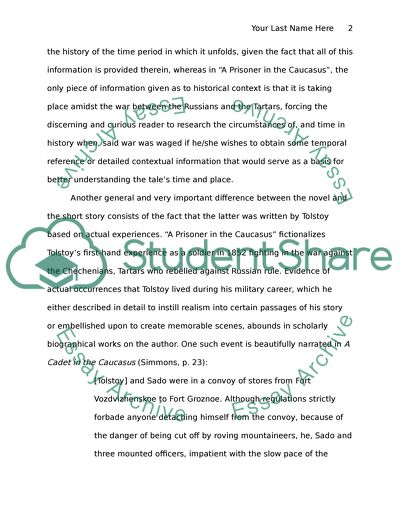Cite this document
(“Comparison of Leo Tolstoys War and Peace and A Prisoner in the Essay”, n.d.)
Comparison of Leo Tolstoys War and Peace and A Prisoner in the Essay. Retrieved from https://studentshare.org/miscellaneous/1532073-comparison-of-leo-tolstoys-war-and-peace-and-a-prisoner-in-the-caucasus
Comparison of Leo Tolstoys War and Peace and A Prisoner in the Essay. Retrieved from https://studentshare.org/miscellaneous/1532073-comparison-of-leo-tolstoys-war-and-peace-and-a-prisoner-in-the-caucasus
(Comparison of Leo Tolstoys War and Peace and A Prisoner in the Essay)
Comparison of Leo Tolstoys War and Peace and A Prisoner in the Essay. https://studentshare.org/miscellaneous/1532073-comparison-of-leo-tolstoys-war-and-peace-and-a-prisoner-in-the-caucasus.
Comparison of Leo Tolstoys War and Peace and A Prisoner in the Essay. https://studentshare.org/miscellaneous/1532073-comparison-of-leo-tolstoys-war-and-peace-and-a-prisoner-in-the-caucasus.
“Comparison of Leo Tolstoys War and Peace and A Prisoner in the Essay”, n.d. https://studentshare.org/miscellaneous/1532073-comparison-of-leo-tolstoys-war-and-peace-and-a-prisoner-in-the-caucasus.


